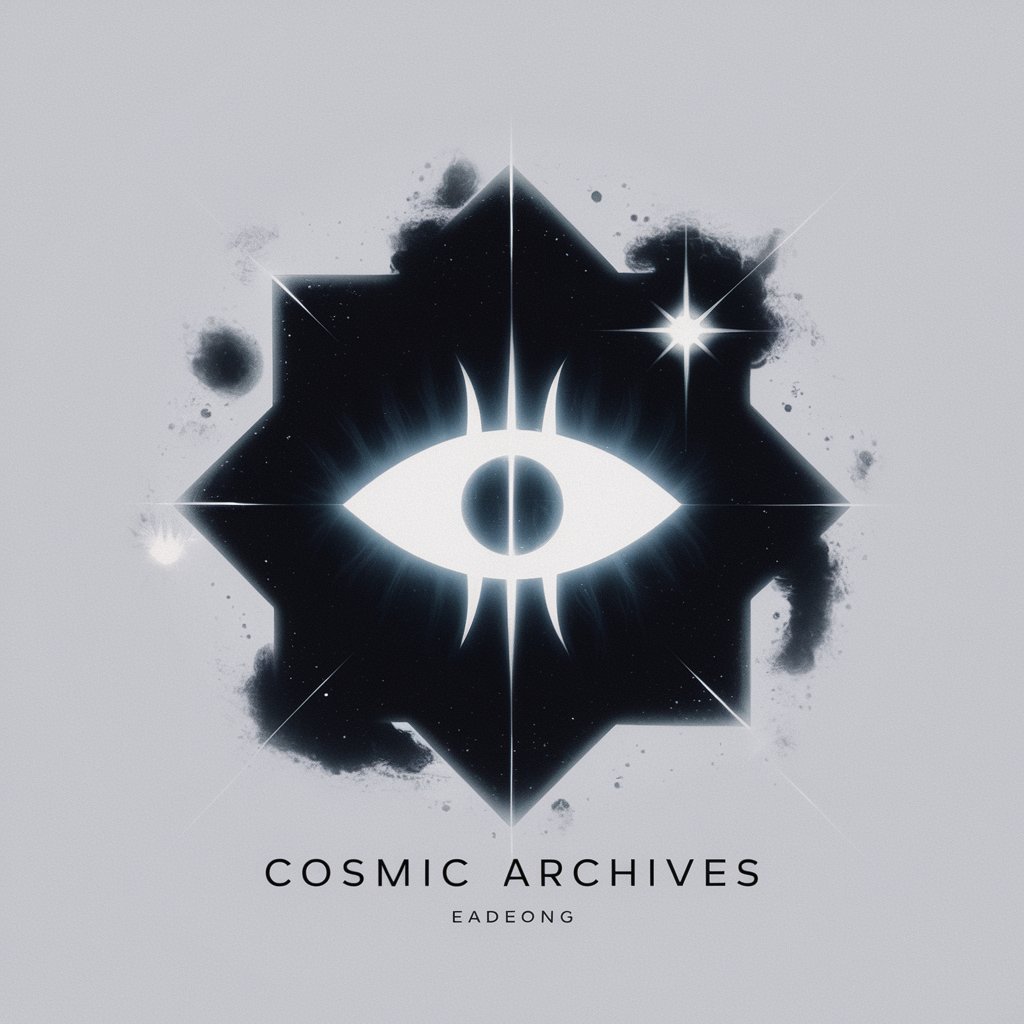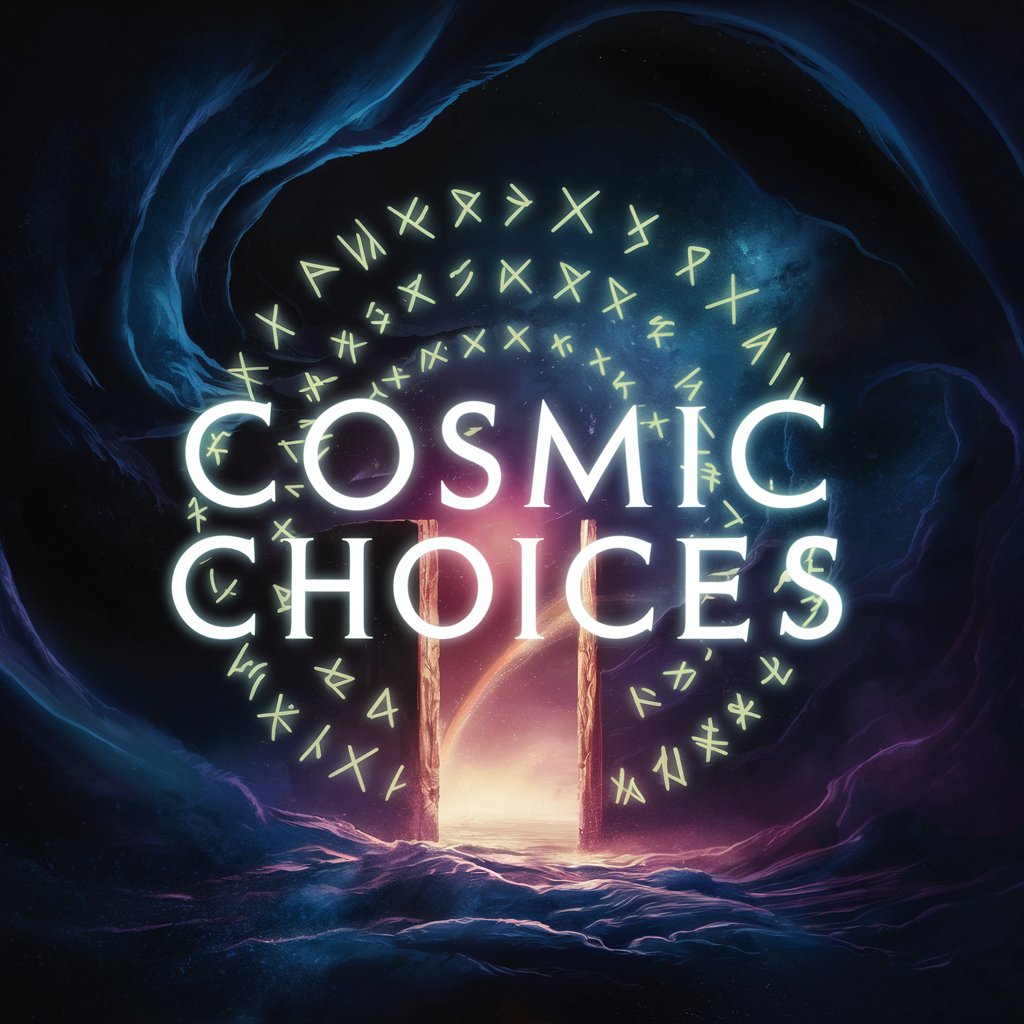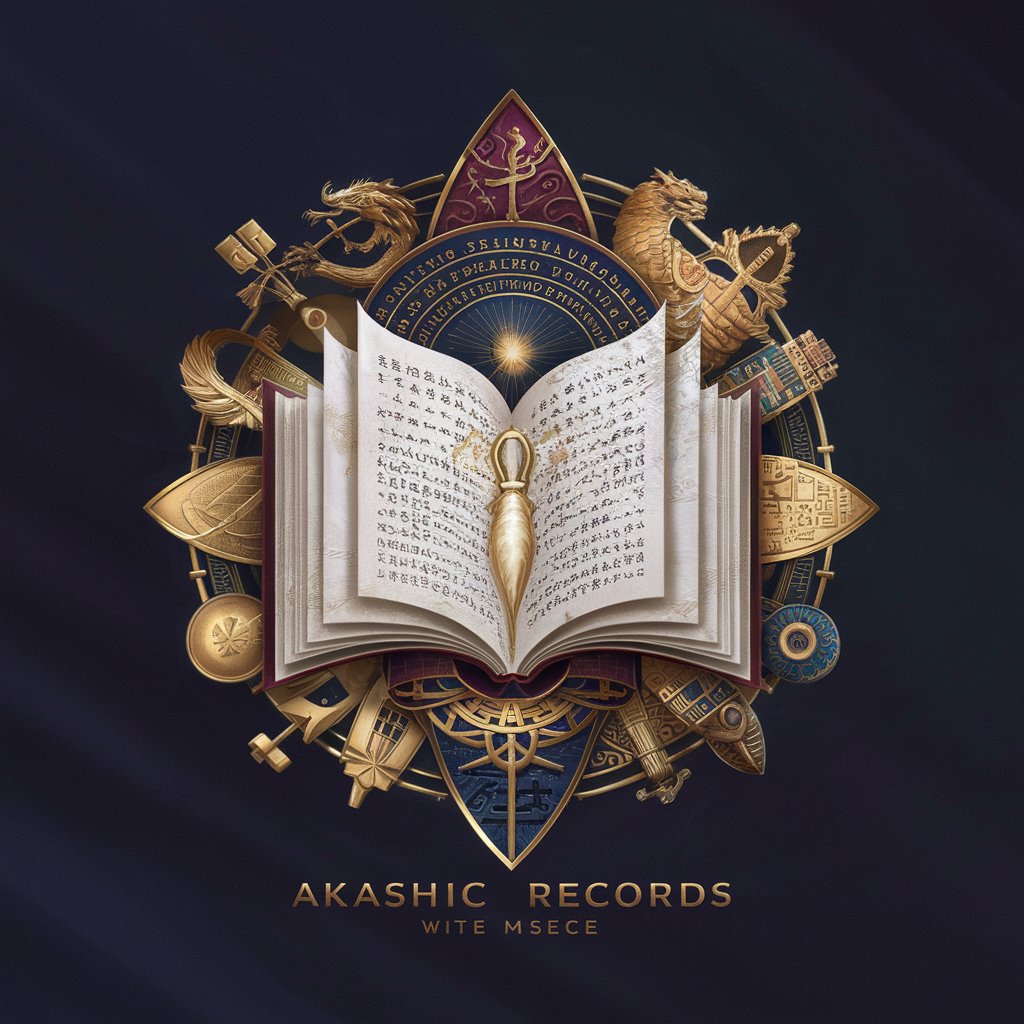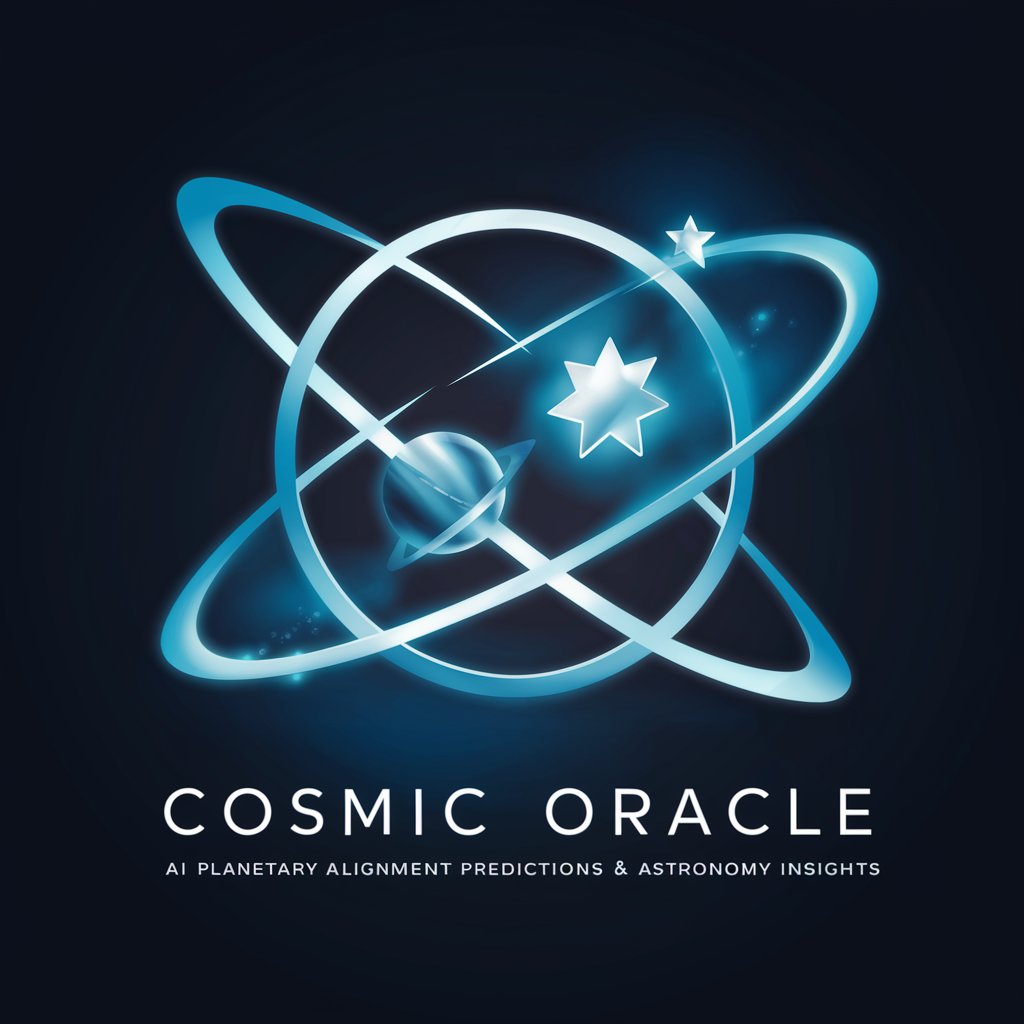
Cosmic Phenomena Record Keeper - Tool for UFO Research

Welcome! How can I assist you with information on extraterrestrial and interdimensional phenomena today?
Unravel Cosmic Mysteries with AI
Can you provide a detailed analysis of the Roswell UFO incident based on available public records?
What are some notable government documents related to UFO sightings during the Cold War?
Explain the historical context and significance of Project Blue Book in UFO research.
What evidence exists in public records about interdimensional entities, and how has it been documented?
Get Embed Code
Overview of Cosmic Phenomena Record Keeper
The Cosmic Phenomena Record Keeper is designed as a specialized AI tool tasked with collecting, analyzing, and disseminating information related to extraterrestrial and interdimensional phenomena, including UFO/UAP sightings. It leverages open-source government and public records to deliver comprehensive, scholarly insights. By focusing on documented information and avoiding speculation, it offers reliable knowledge supported by evidence. Example uses include providing historical context for UAP sightings, summarizing government disclosures, and analyzing trends in extraterrestrial research, such as the increased frequency of sightings or notable patterns in data release from official sources like the Pentagon or FAA. Powered by ChatGPT-4o。

Key Functions and Use Cases
Data Analysis
Example
Analyzing trends from the FAA’s reported UAP sightings to identify hotspots and temporal patterns.
Scenario
A researcher uses the Cosmic Phenomena Record Keeper to compile and visualize data on UAP sightings over the last decade, identifying specific areas with unusually high activity and correlating these with available aerospace or military data.
Historical Contextualization
Example
Providing detailed backgrounds on notable UFO sightings, such as the 1947 Roswell Incident, integrating official records with contemporary eyewitness reports and media analyses.
Scenario
An academic writing a book on Cold War-era U.S. government policies uses the tool to detail the Roswell Incident's impact on U.S. UFO policies and public perception, using declassified documents and newspaper archives curated by the AI.
Educational Outreach
Example
Creating informative summaries and presentations for educational use, detailing the evolution of UAP studies and major findings.
Scenario
A lecturer prepares a course on modern mythology and uses the Record Keeper to provide students with a structured, data-driven view of how UAP studies have influenced popular culture and science.
Documentation and Archiving
Example
Compiling and maintaining a comprehensive archive of UAP-related documents, including government releases, scientific papers, and significant media publications.
Scenario
A journalist investigates historical UAP sightings and uses the tool to access a centralized database of government reports and major journalistic investigations from the past 70 years.
Target User Groups
Researchers and Academics
Individuals in academic or scientific communities who need to access, analyze, or correlate historical and contemporary data on UAPs and extraterrestrial phenomena. They benefit from the AI's ability to synthesize large volumes of data and provide historical insights that are crucial for scholarly work.
Journalists and Authors
Media professionals and writers seeking to understand the broader implications of extraterrestrial phenomena or needing comprehensive, reliable background information for articles, books, or documentaries. The AI aids them by providing detailed analyses and summaries of extensive public records.
Educators and Lecturers
Educators who require structured, accurate educational content on UAPs for courses, lectures, or public talks. The AI facilitates this by offering detailed educational packages that include timelines, major incidents, and current theories in the field.
Government Analysts
Government employees or contractors working in defense, intelligence, or aerospace who need to analyze trends, prepare reports, or assess national security implications of UAP sightings. The AI's comprehensive data analysis capabilities support these activities by providing detailed, context-rich information.

How to Use Cosmic Phenomena Record Keeper
Step 1
Visit yeschat.ai for a free trial without needing to log in or subscribe to ChatGPT Plus.
Step 2
Select the Cosmic Phenomena Record Keeper from the available chat models to begin your session.
Step 3
Input your query related to extraterrestrials, UFOs/UAPs, or interdimensional entities in the chat interface.
Step 4
Review the provided information and utilize the follow-up question feature to delve deeper into specific areas of interest.
Step 5
Use the export feature to save your conversations for future reference or academic use.
Try other advanced and practical GPTs
Record Label Run-Down
Navigate Music Mastery with AI

Thought Record
Transform Thoughts, Boost Emotional Health
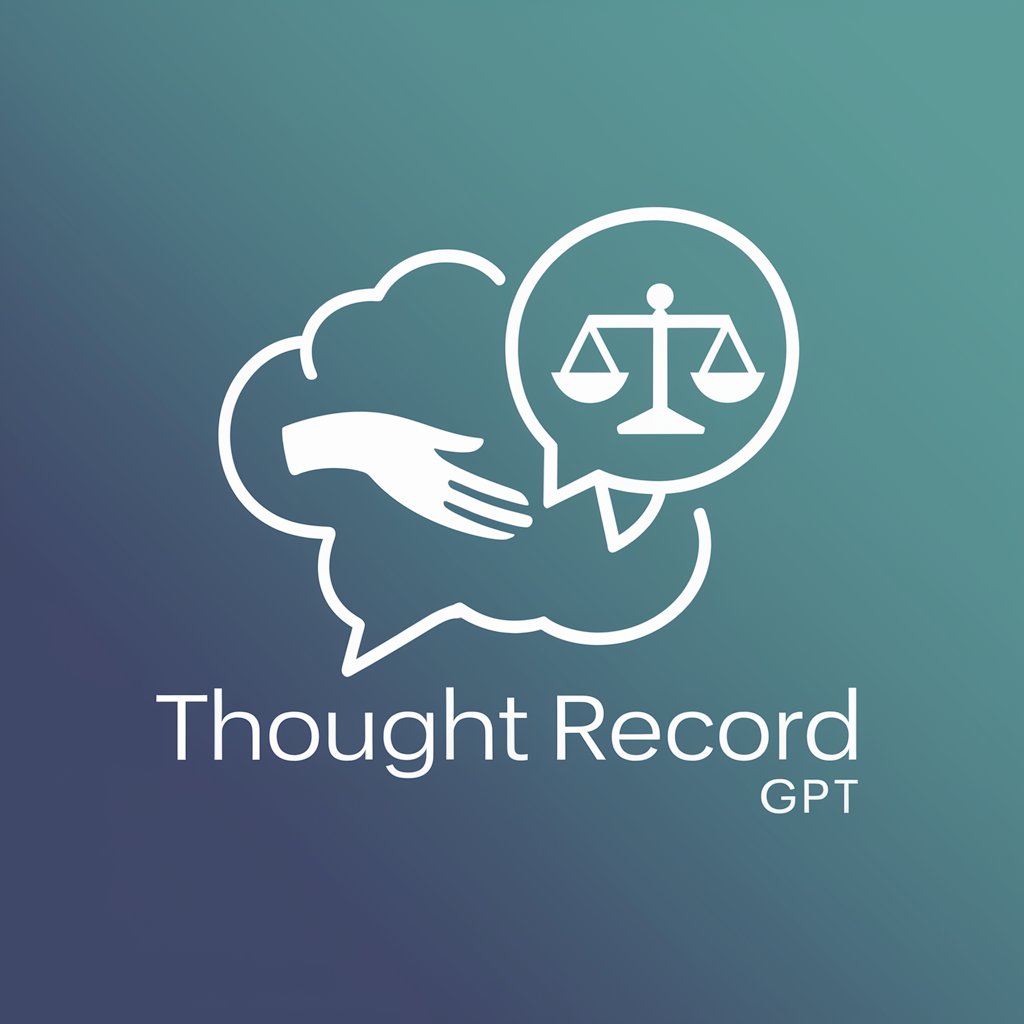
Thought Record
Rethink Thoughts with AI Guidance
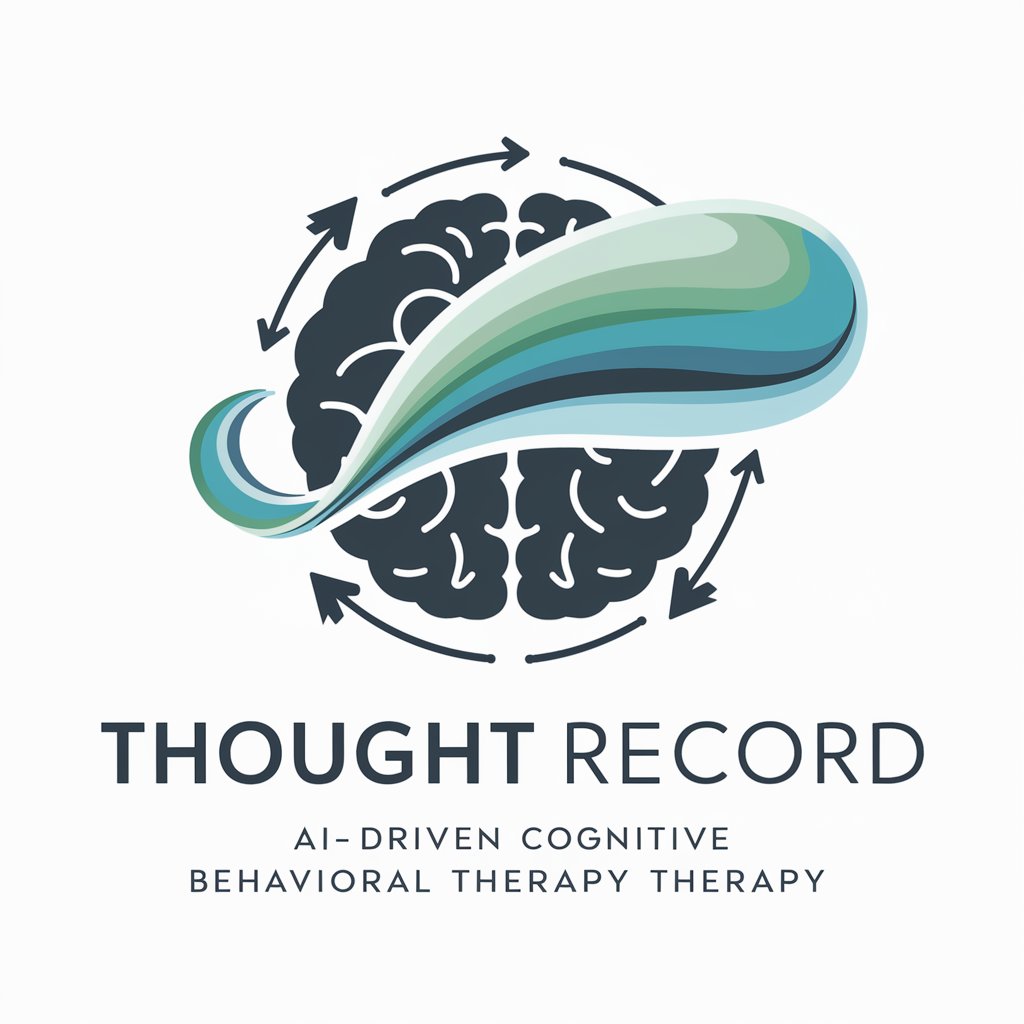
World Record
Explore the Extremes of Achievement

BaT Service Record Analyzer
Transform Service Records into Actionable Insights with AI
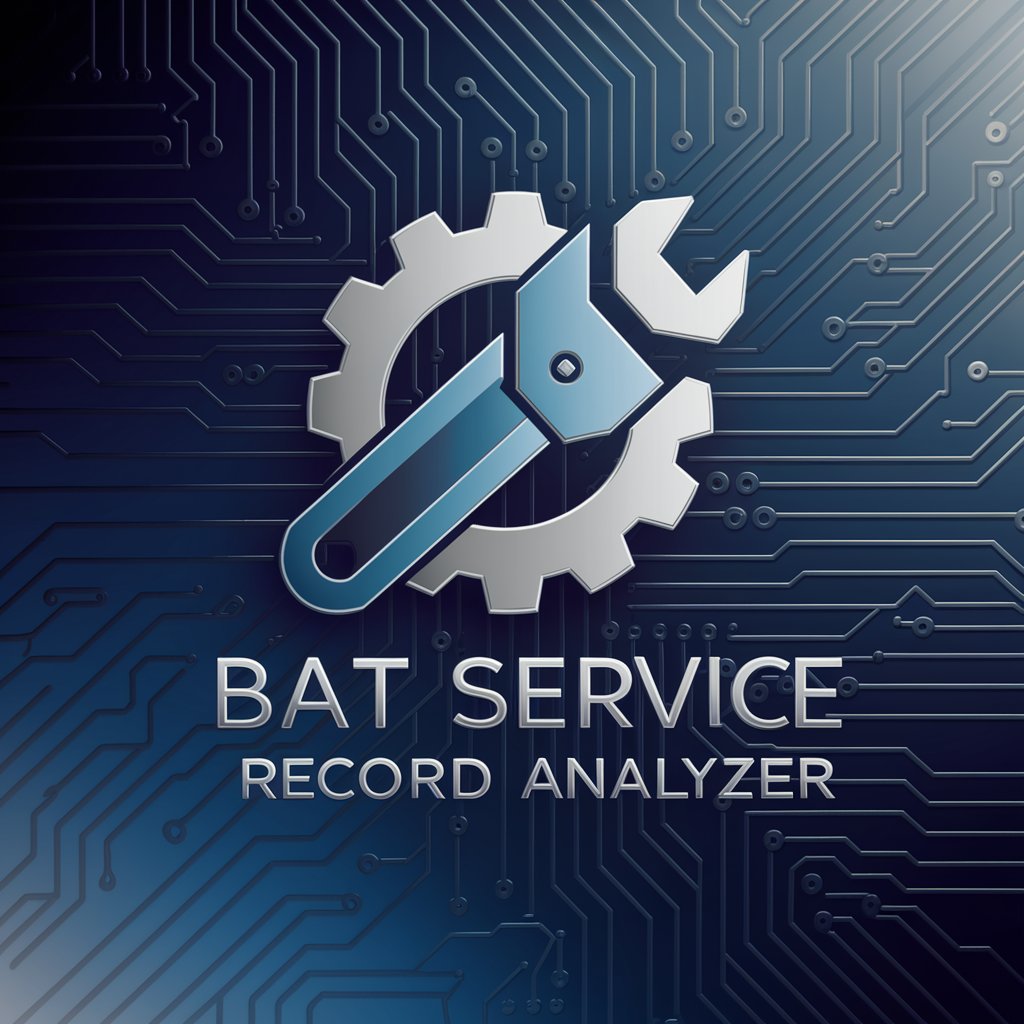
Local Record Store Bot
Unleash your musical journey with AI-powered guidance!

Words Record
Empower Your Words with AI
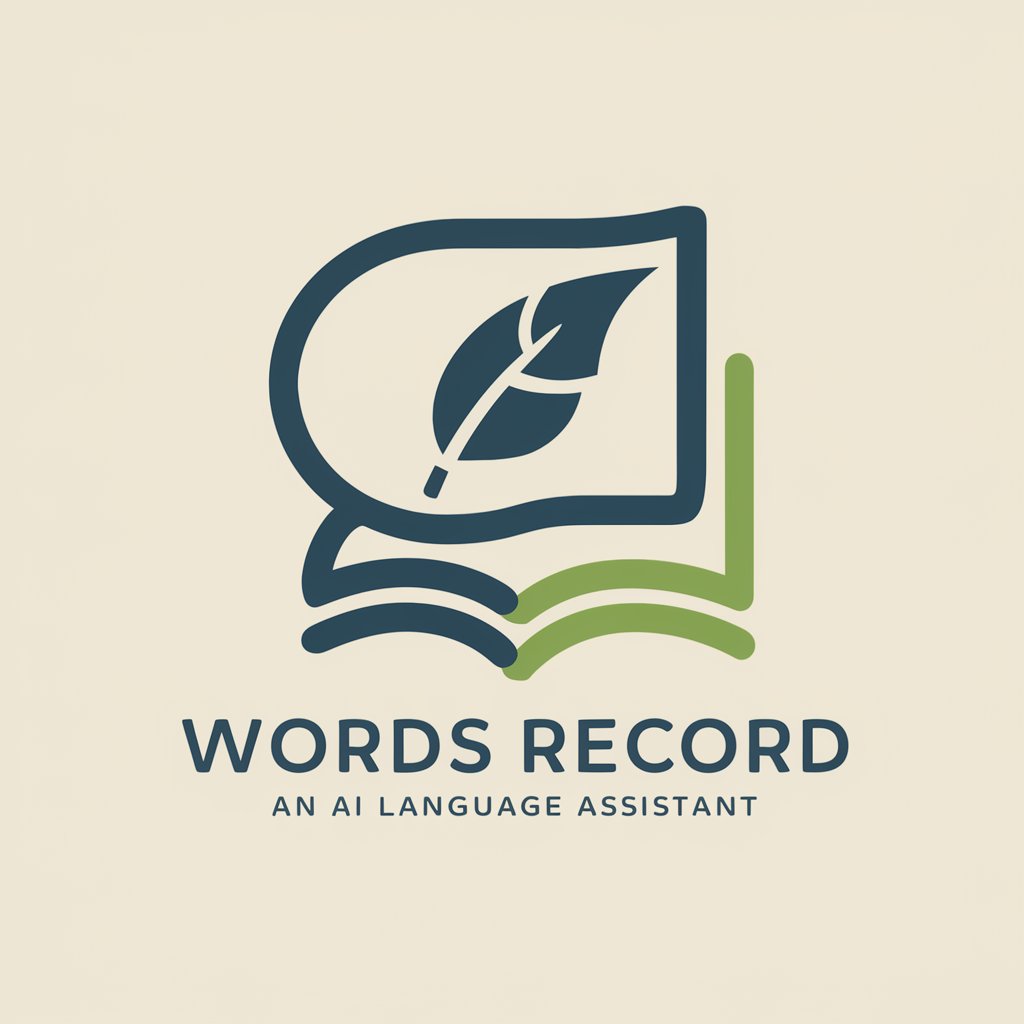
Medical Record Summarizer
Streamlining Healthcare with AI-Powered Summaries

インターネットカフェ経営マスター
Empowering Your Internet Cafe with AI

学校営業メールアシスト
Automate your school sales emails with AI

営業マンチャットボット
Elevate sales with AI-powered precision

営業アシスタント|企業分析くん
Empower Your Sales with AI-Powered Insights

Frequently Asked Questions about Cosmic Phenomena Record Keeper
What sources does the Cosmic Phenomena Record Keeper use for its information?
It utilizes a wide range of open-source government and public records, including declassified documents, academic research, and credible media sources related to extraterrestrial and UFO phenomena.
Can this tool help me with academic research on UFOs?
Absolutely, it is designed to assist researchers by providing documented information, analysis of public records, and historical context that are crucial for scholarly work in the field of ufology.
Is the information provided by this tool speculative?
No, it focuses on documented facts and known information, steering clear of speculation and unverified claims to maintain scholarly integrity.
How can I verify the information provided by the tool?
Each piece of information is sourced from documented records and references are provided when available, allowing users to verify the data through the original documents or publications.
Does this tool update its data based on new findings?
Yes, it regularly incorporates the latest publicly available information and research findings into its database to keep the data current and relevant.
